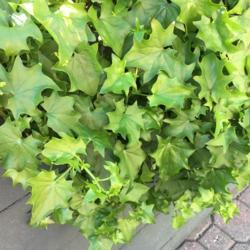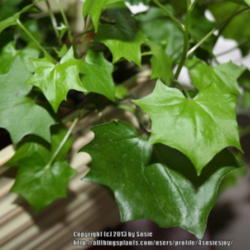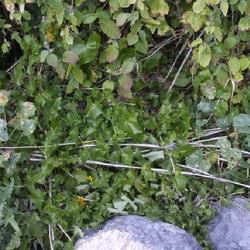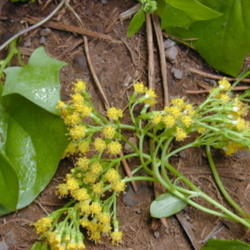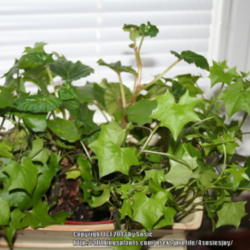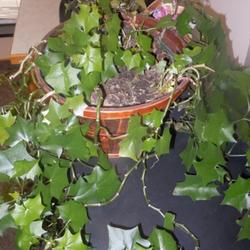| Plant Habit: | Vine |
| Life cycle: | Perennial |
| Sun Requirements: | Full Sun to Partial Shade Partial or Dappled Shade Partial Shade to Full Shade Full Shade |
| Water Preferences: | Mesic |
| Plant Height: | 12 to 15 feet or more |
| Plant Spread: | Trails and climbs over shrubs and trees, forming dense mats that smother other vegetation. |
| Leaves: | Evergreen |
| Fruit: | Other: Small achene with papyrus or crown of hairs. Most seeds are not viable but when viable seed is produced, they can be dispersed long distances by the wind. |
| Flowers: | Inconspicuous |
| Flower Color: | Yellow |
| Bloom Size: | Under 1" |
| Flower Time: | Late winter or early spring Winter |
| Underground structures: | Rhizome |
| Suitable Locations: | Houseplant |
| Uses: | Groundcover Will Naturalize |
| Resistances: | Humidity tolerant Drought tolerant |
| Toxicity: | Leaves are poisonous Fruit is poisonous Other: Contains alkaloids that are toxic when ingested. Toxic to animals when ingested and can kill fish when plant materials soak in waterways. |
| Propagation: Other methods: | Cuttings: Stem Stolons and runners |
| Containers: | Suitable for hanging baskets |
